Encounters with Spruce trees and Change
I once read there are only three things certain in life; birth, death and change. I don’t remember where I read it but that’s not important, what keeps me smiling is observing the power of all three in nature. This is a personal story which I think is just as much about our nature as it is about the wildlife around us.
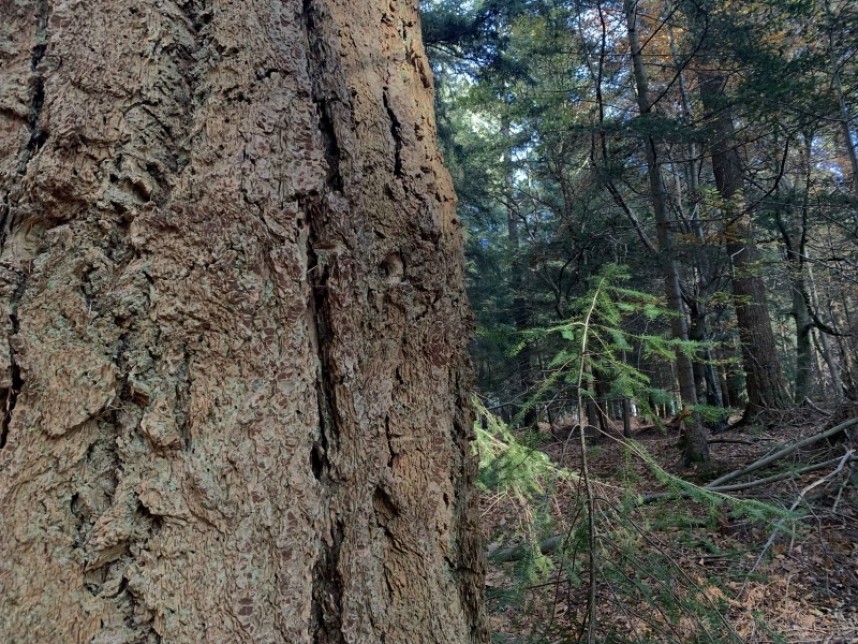
Mother and baby Spruce © Richard Baines
In the late 1980’s whilst studying ecology I learnt that all non-native species were bad. A great example was the Spruce tree. There are two main species planted in the UK; Sitka and Norway. At that time non-native Spruce were in the news. Wise old humans had decided it was a really good idea to plant these trees in the flow country of northern Scotland where few trees have ever grown, rare plants thrive and wading birds nest because they love the wide-open spaces. It was drummed into me like a winnowing Snipe over a Sutherland bog that Spruce is bad! There is no doubt that planting non-native forests in these areas was a very bad idea but I started wondering, is Spruce bad everywhere?
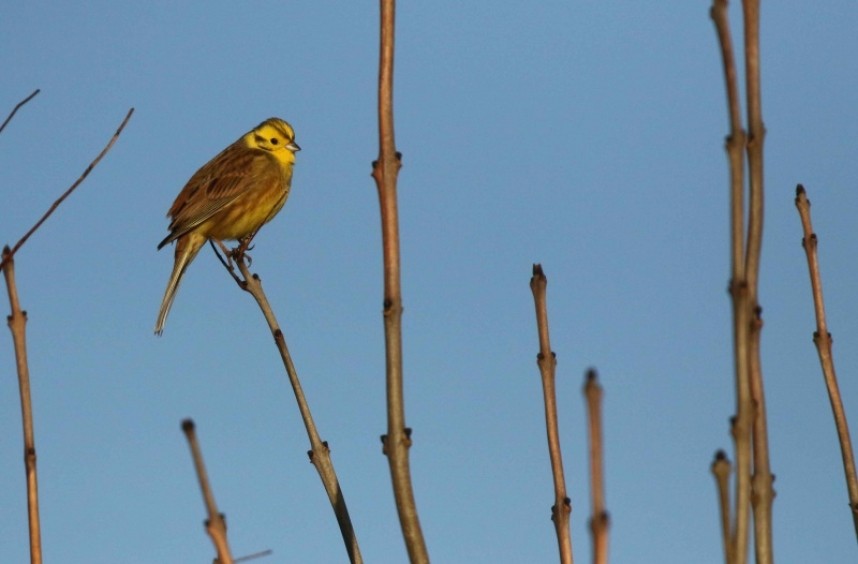
Yellowhammer © Richard Baines
Dogma very rarely lasts very long in natural history. And it wasn’t long before I was questioning what I had been told and changing my opinion of the big bad Spruce. In my home county of North Yorkshire, I noticed the Great Yorkshire Forest was full of young Spruce and at the same time many songbirds. Willow Warblers, Whitethroats, Linnets and Yellowhammers loved the thickets of young Spruce growing alongside Birch, Gorse and Willow.
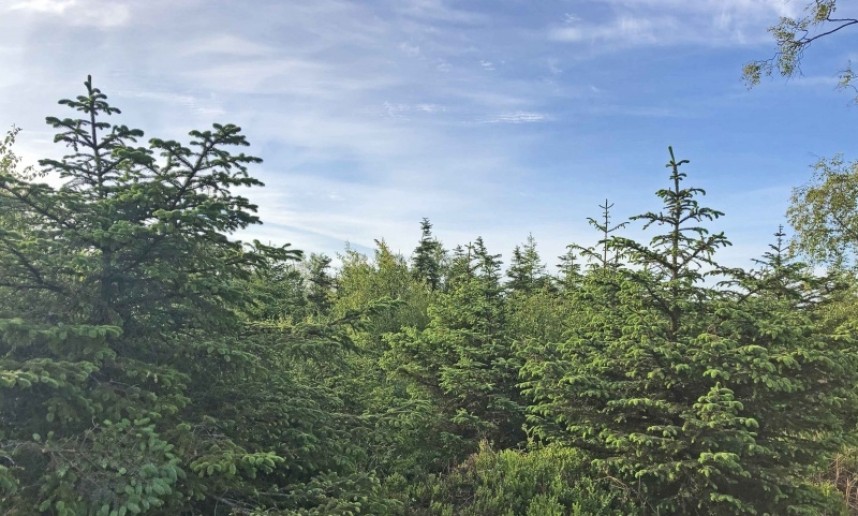
young Spruce habitat in the North Yorkshire Forests © Richard Baines
As the planted Spruce became a little older and taller, I noticed new birds moving in such as Common Crossbills, Lesser Redpolls and European Turtle Doves. European Turtle Doves have been nesting in plantation forestry in Yorkshire for over 100 years but that’s another story.
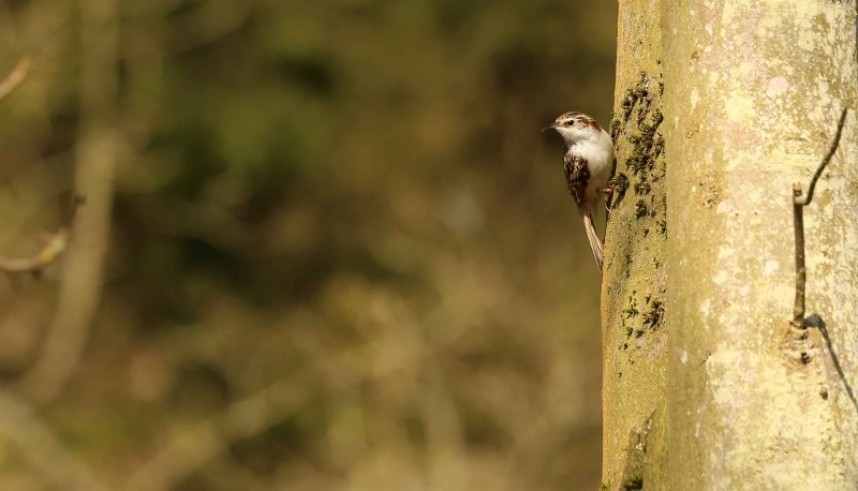
Treecreeper © Richard Baines
My opinion about Spruce was changing as my own observations revealed a greater truth than I was once taught. What really made me excited though was the thought that adaptation to a relatively new habitat was happening right in front of my eyes. These birds were adapting to change faster than we could change our theories.
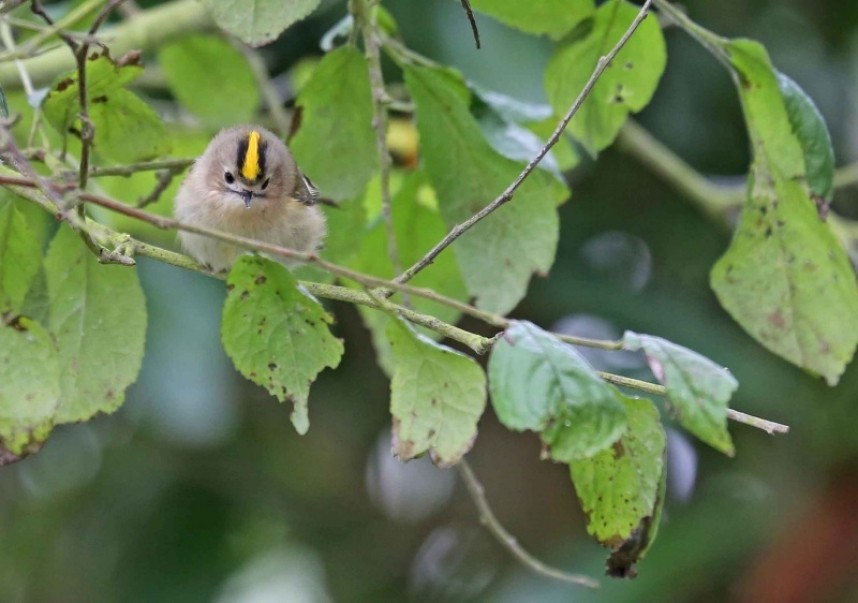
Goldcrest © Richard Baines
As I have grown older, I have followed the canopy upwards, my eyes reaching into the canopy branches and dense needles of the tallest Spruce trees I can find. I love watching Goldcrests cascading down the low hung branches, hovering amongst the needles in search of insects. Treecreepers crawl slowly upwards from the base of a gnarly old trunk, examining every nook and cranny created by the wonderfully twisted and fissured bark. These older specimen trees must be full of opportunities for birds and other wildlife.
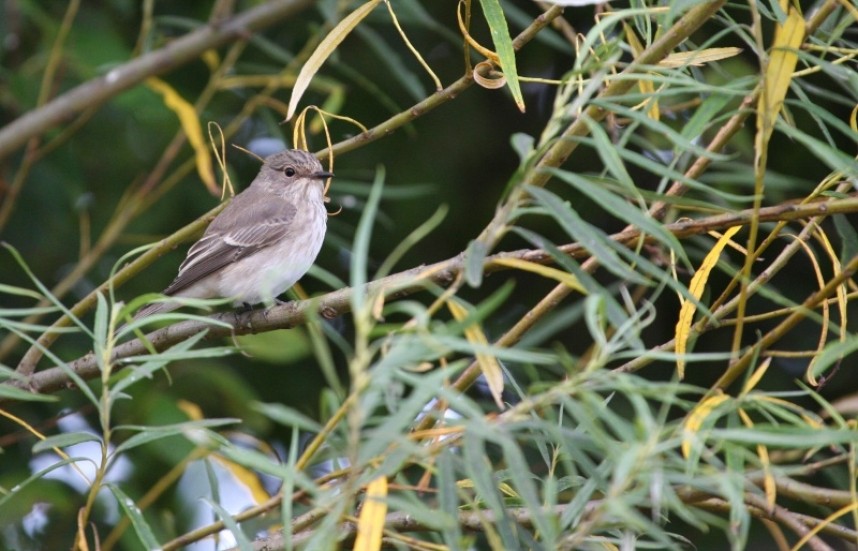
Spotted Flycatcher © Richard Baines
In 2015 I was excited to find a pair of Spotted Flycatchers, nesting behind a thick basket like structure created by drooping branches and tangled dead wood high up in the canopy of a 100-year-old Spruce. I really enjoyed this discovery. I had never heard of a Spotted Flycatcher nesting in a place like this, they were supposed to nest in ivy on the side of vicarage walls, or so the books once said! This Spotted Flycatcher had found a new niche in a big old tree and I had found yet another inspiring example of adaptation, new life and opportunities to once again update the old dogma.
Richard Baines
Yorkshire Coast Nature



 Back to Blog
Back to Blog
